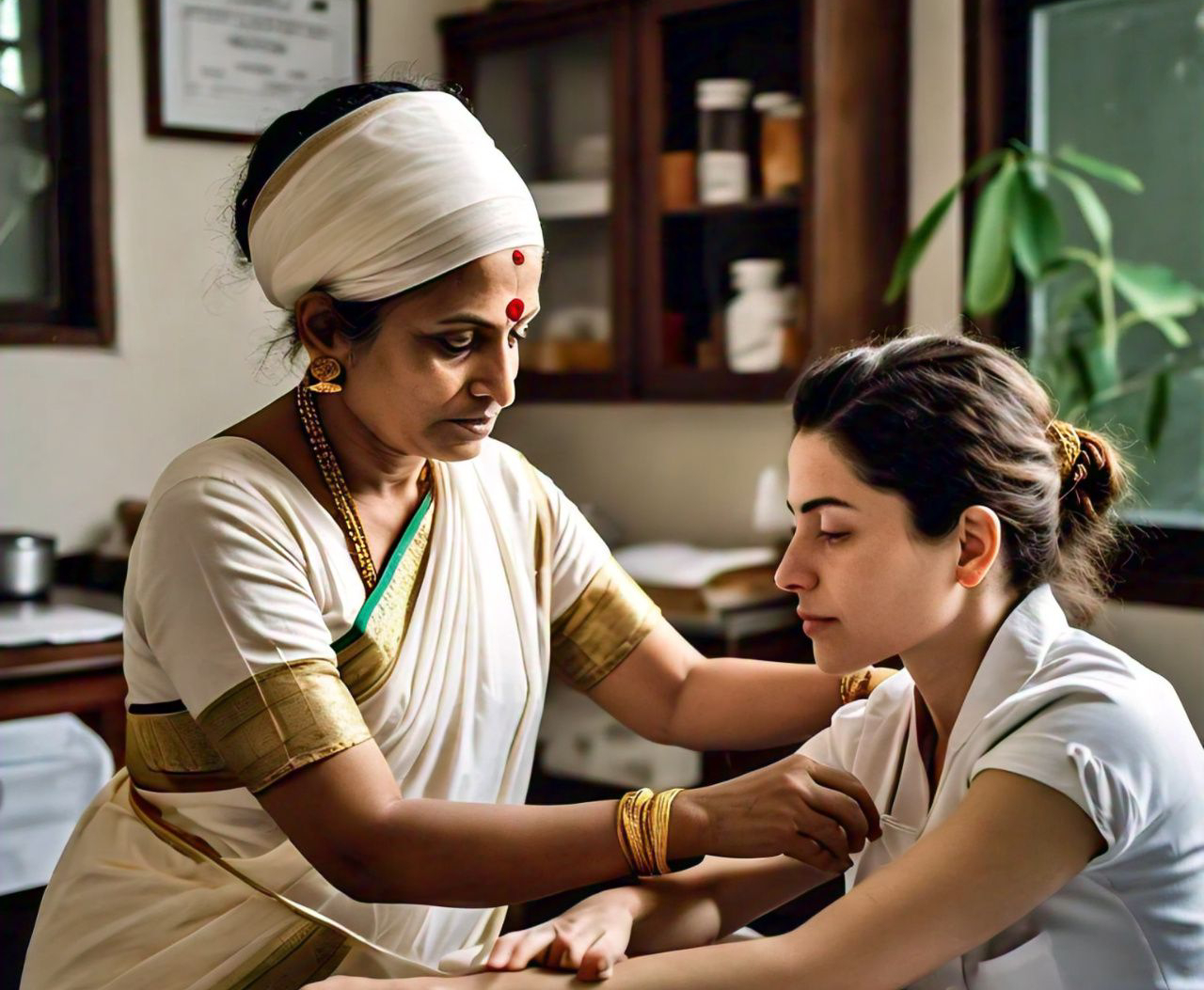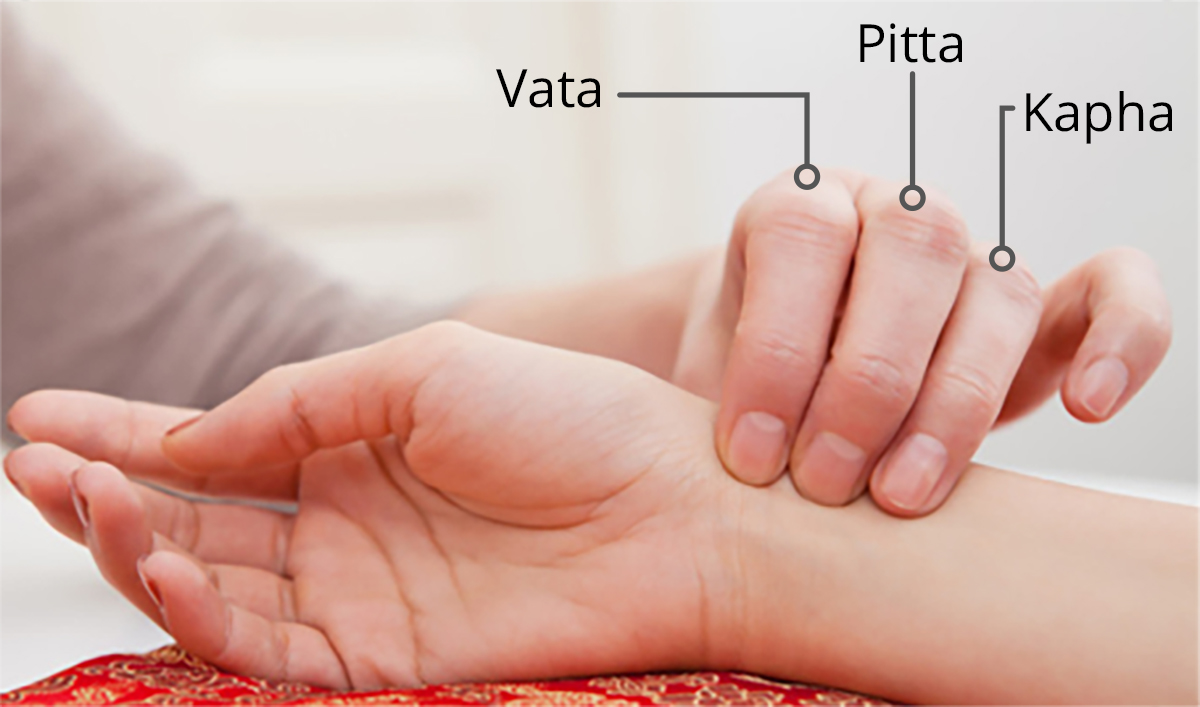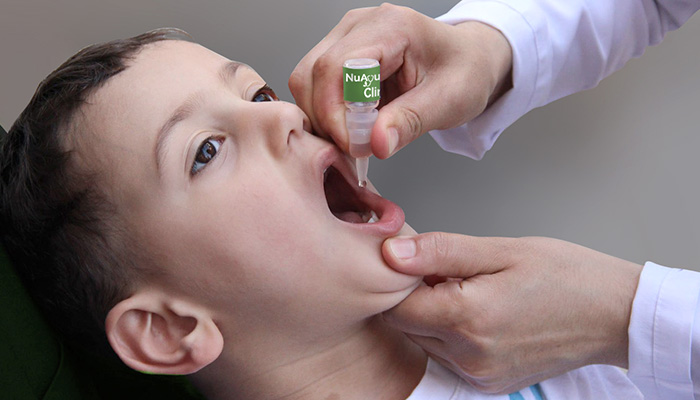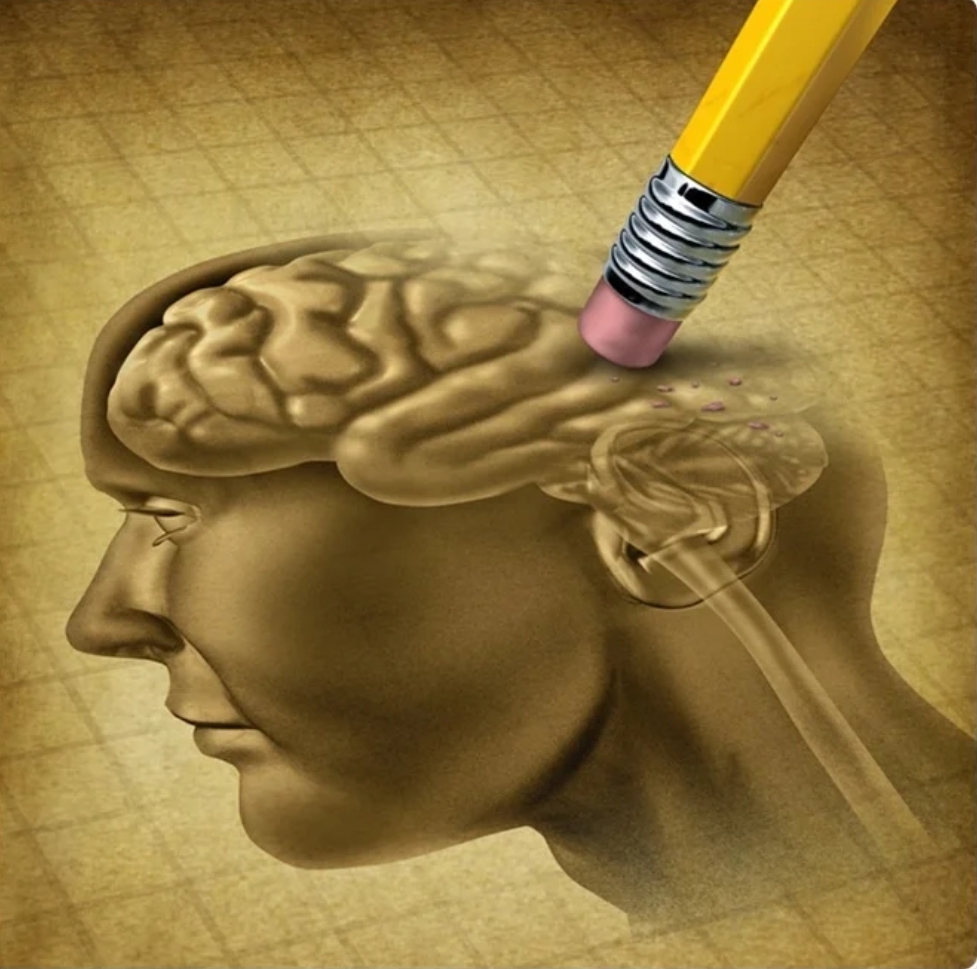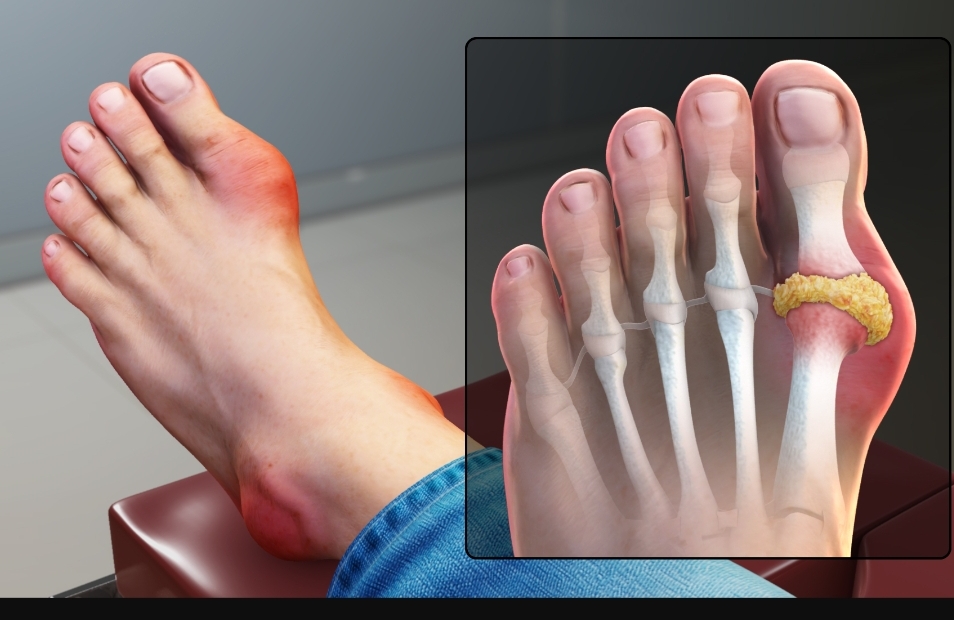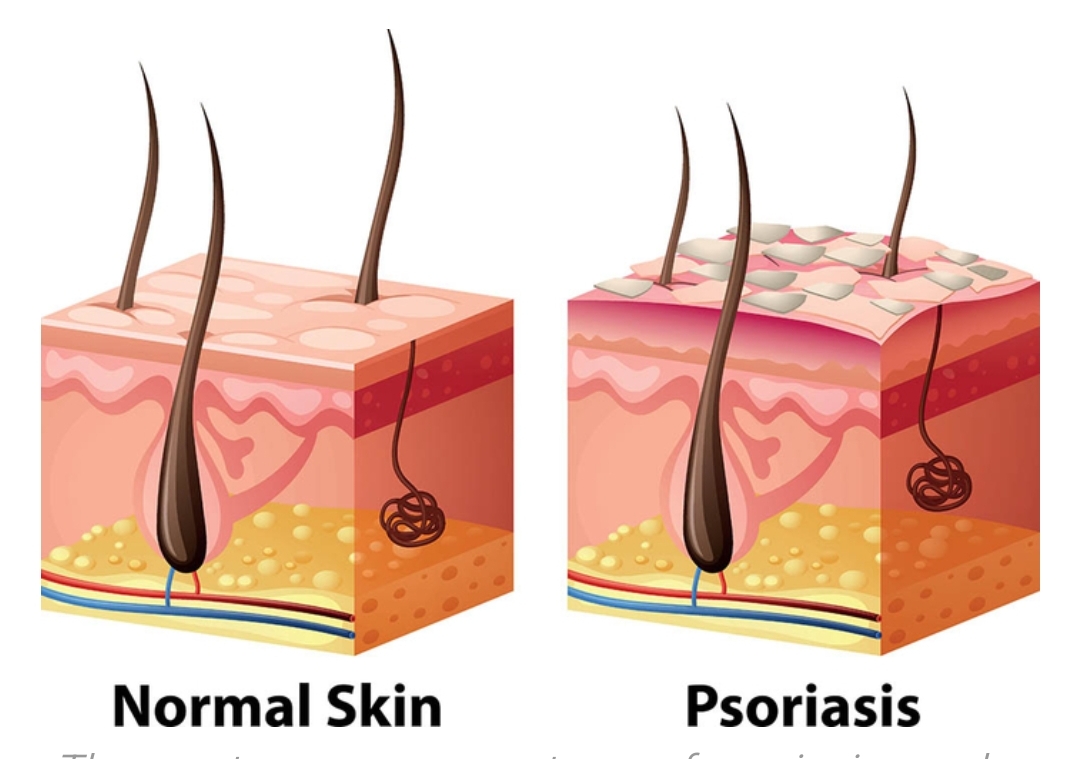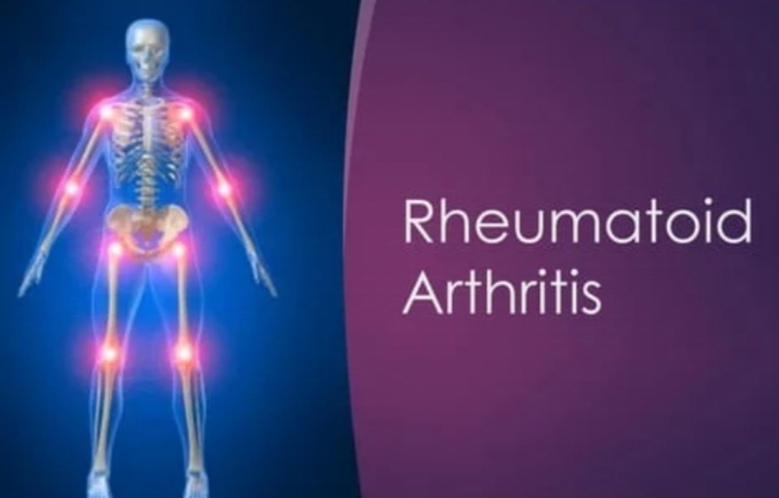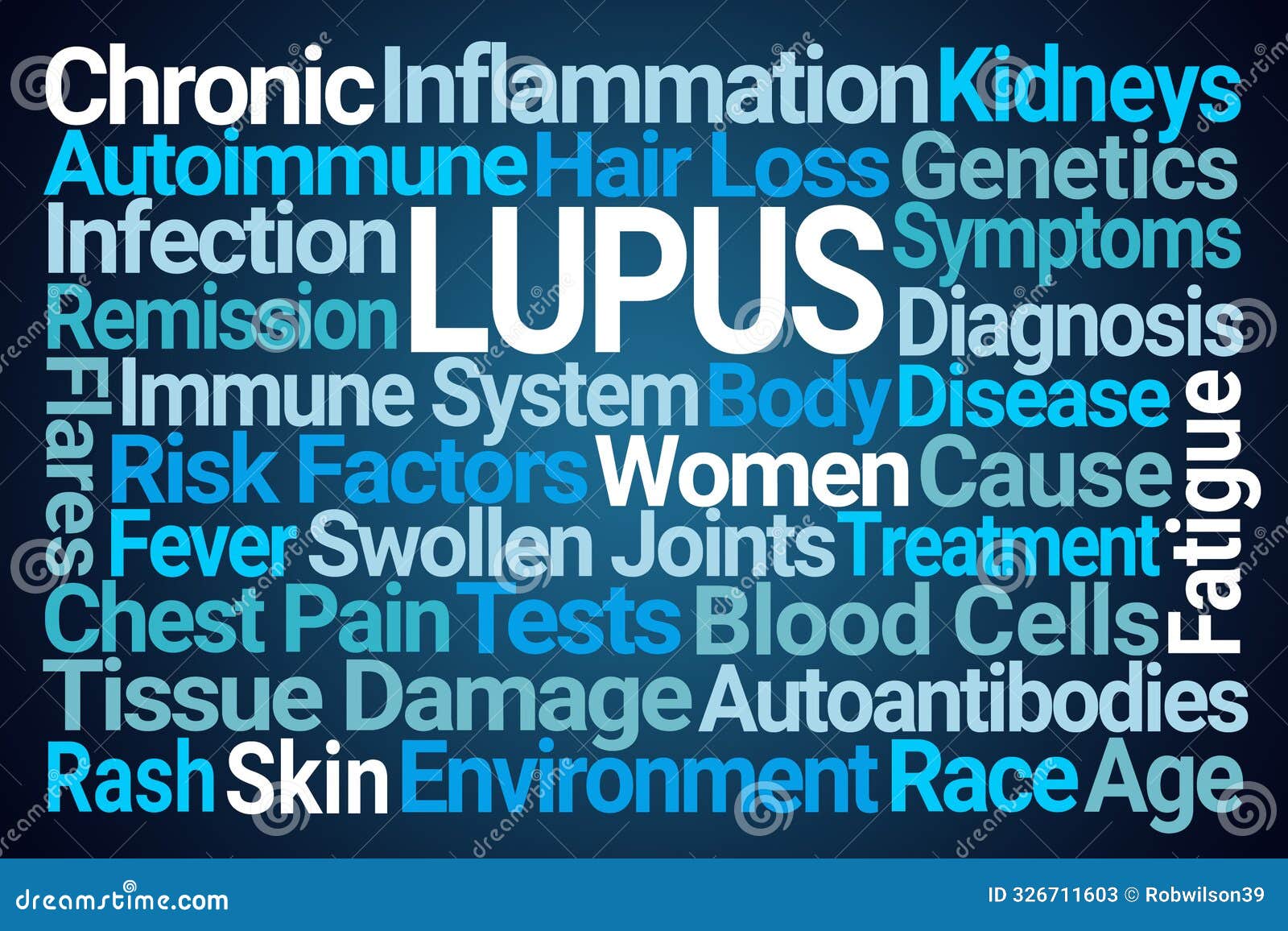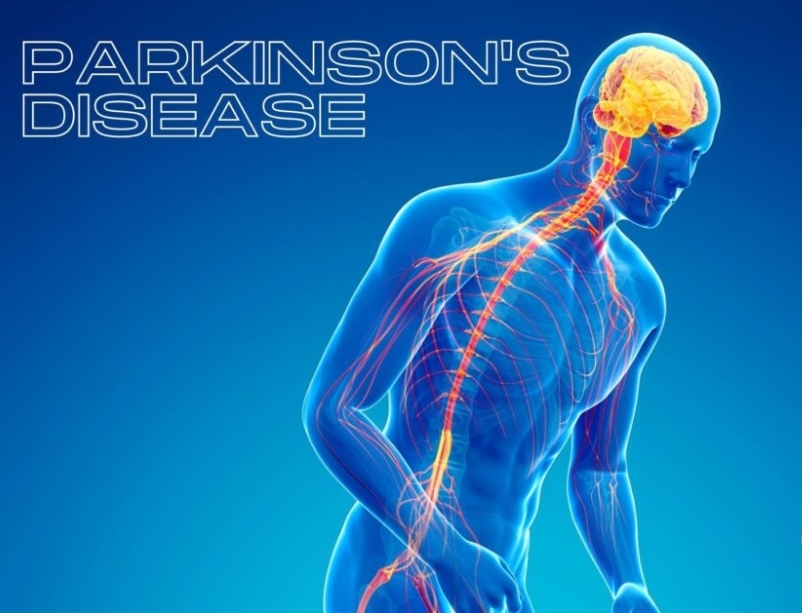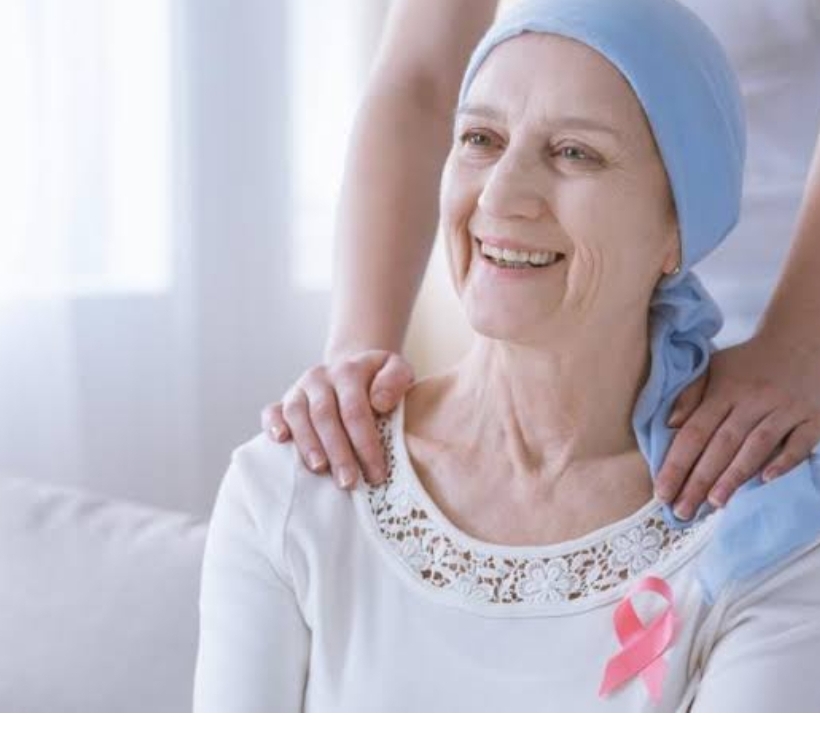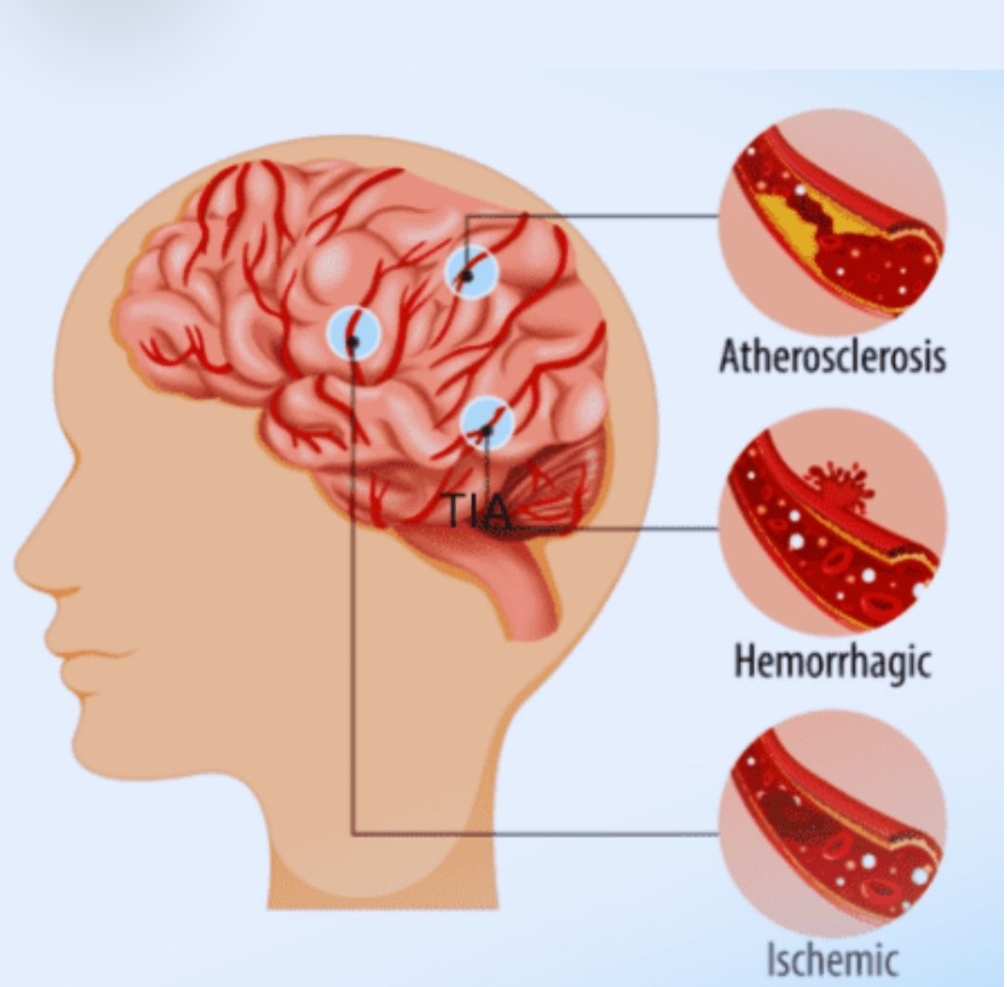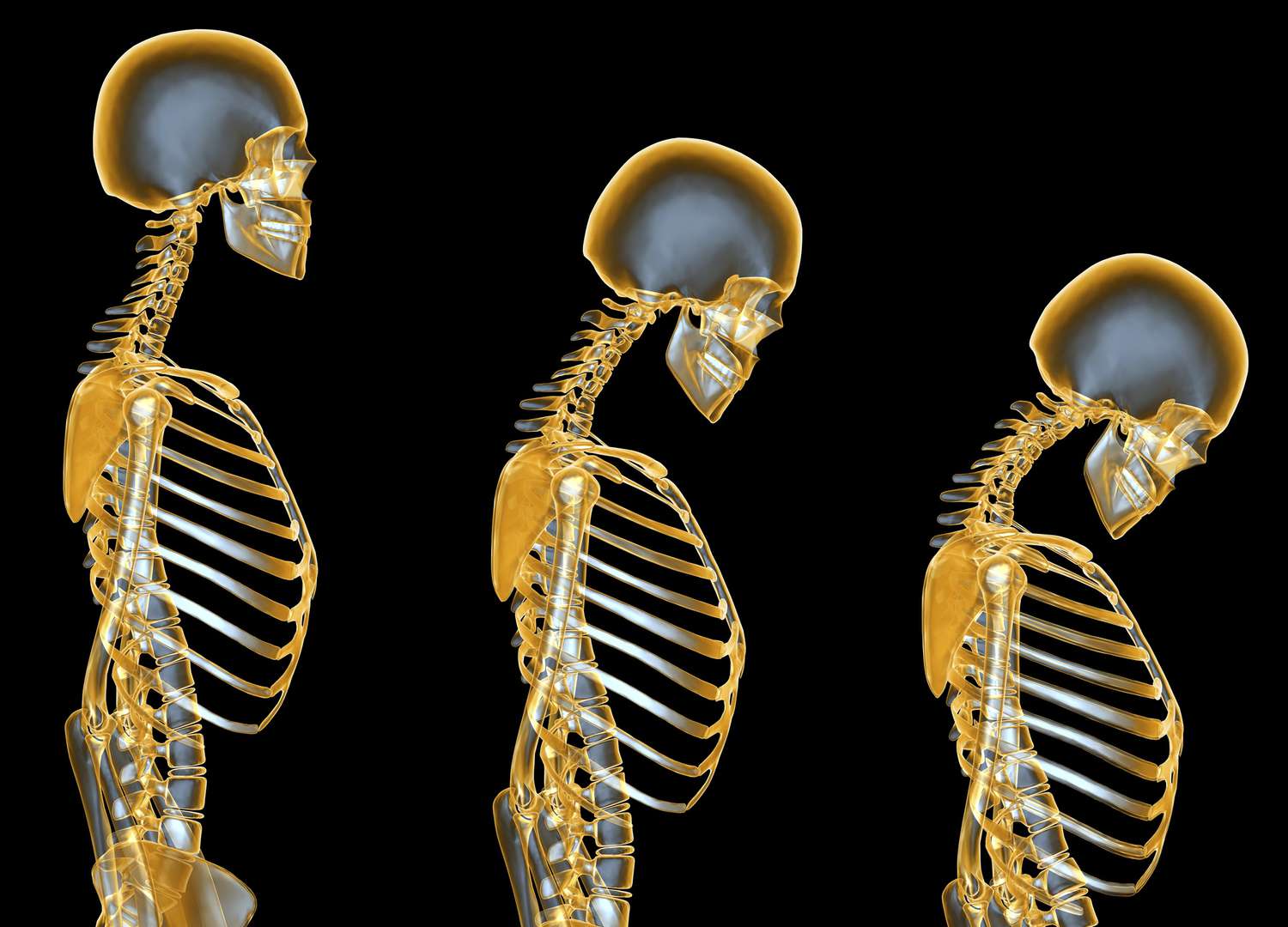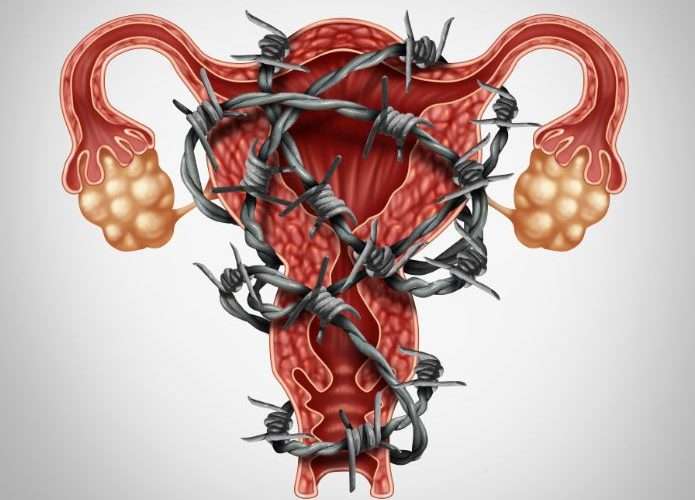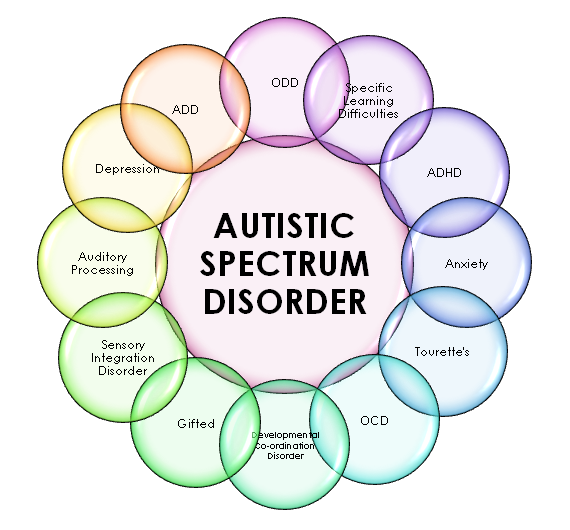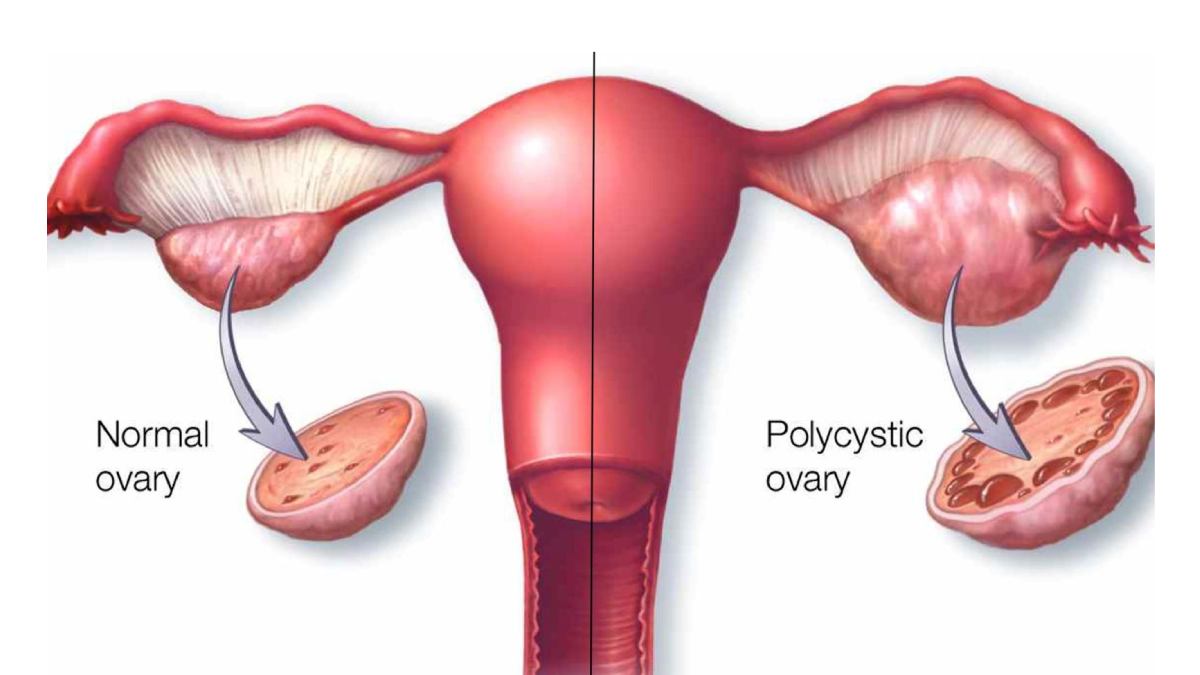
Polycystic Ovarian Disorder
Polycystic ovarian disease, commonly known as PCOD, is one among the many disorders affecting the female population in today’s scenario. Studies say that 1 in 10 women are affected by PCOD in their childbearing age. PCOD is also known as polycystic ovarian syndrome, but PCOS is more severe with added symptoms. Nevertheless, the disease is treatable, and a permanent cure for PCOS in Ayurveda is possible following strict diet, medicines and a healthy lifestyle.
What is PCOD?
A polycystic ovarian syndrome is a disease in females caused due to imbalance in hormones – estrogen and progesterone. These hormones create disturbances in the ovaries blocking the release of the egg during ovulation.
The HPO axis (hypothalamic-pituitary-ovarian) synchronizes and regulates the reproductive competence in women. The HPO axis is responsible for the hormonal and neuronal changes that occur in the female body. The primary symptom in PCOD is excess androgen and ovulatory dysfunction. These symptoms disrupt the normal functioning of the HPO axis.
In PCOS, the ovary presents with many minute cysts by excess production of androgens and irregular or absence of periods (i.e., amenorrhea). The disease usually develops during the early pubertal years. However, it is common in adult women as well. The failure to ovulate is the most common cause that leads to infertility in women. It can occur for no apparent reason or due to stress, hormonal imbalances, and various diseases of the reproductive system.
What are the causes of PCOD?
- Genetic History: If there is a history of PCOD in the family, the future generations are also more likely to get affected.
- Excess Androgen: Androgen or testosterone, the male hormone, blocks the release of the ovum if excessively produced. Due to the extra release of these hormones, chronic anovulation happens and results in poly cysts on the ovary.
- Insulin resistance: Various studies reported that women with PCOD have insulin resistance, which means the cells cannot properly utilize the insulin. When the cells fail to use insulin, the body has a high demand for insulin secretion. As a result, the pancreas secretes more insulin to compensate for the needs of the body. Excess insulin in the ovaries leads to Hyperinsulinemia and produces more male hormones.
- Obesity is another major cause of insulin resistance. Obesity can increase the risk for type 2 diabetes.
- Inflammation: Most cases of PCOD show high inflammation in the body. This is also linked to excess androgen levels in the body.
What are the symptoms of PCOD?
- Irregular periods: Due to anovulation, the uterine lining doesn’t shed every month. So, it stops the bleeding.
- Severe menstrual bleeding: Due to irregular menstruation, in some cases, the uterine lining build-up without shedding for an extended period of time and then results in heavy bleeding than normal.
- Hirsutism: More than 70% of women experience excess hair growth in the face and body. Hair growth will be more in the areas of belly, back and chest.
- Acne: Acne is prevalent in PCOD. The skin becomes more oiler than usual and causes breakouts on the upper back, face, and chest.
- Weight gain: 80% of cases occur with obesity or excess weight.
- Severe hair falls: PCOD patients suffer from hair fall. The hair thinning happens and, in some cases, male pattern baldness is observed.
- Skin darkening: Big dark patches around the neck, groin, and under the breast is another symptom.
- Headaches: Due to enormous hormonal changes women tends to have headache often.
- Skin tags: Skin tag appears due to flaps in the armpit or neck area.
How to diagnose PCOD?
PCOD cannot be diagnosed in a single test;
- Doctors make thorough physical examinations like Blood pressure, BMI, skin discoloration, hirsutism, hair loss etc.
- A pelvic examination helps to find out any signs of the enlarged ovary and enlarged clitoris. Pelvic ultrasound helps to find out the multiple cysts and check the endometrial lining of the uterus.
- Blood tests help to check the reproductive hormonal levels in the body (LH, estrogen, progesterone), thyroid hormones, diabetes, and cholesterol level in the body.
These tests with the clinical parameters help to diagnose the disease.
Does Ayurveda cure PCOD? What is PCOD called in Ayurveda?
Patients commonly ask all these questions through enquiries. So, yes, Ayurveda cures polycystic ovarian disease.
The closest correlation to PCOD in Ayurveda is Arthava Kshaya. Ayurveda groups PCOD as a disease due to Kapha and Vata vitiation, which leads to an imbalance in ovulation. Kapha also affects the Agni (digestive fire) and slows down the metabolism of the body. As a result, the dhatus do not get proper nourishment, and their activities get affected. In PCOD – Rasa, which constitutes the plasma and lymphatic system, Medho dhatu i.e. the adipose tissue and the Arthava (female reproductive system), the rasa’s upadathu get affected. Ama (the undigested food) enters the cells of atharva dhatu and derange the pittarangi, leading to the system’s malfunction.
Ayurvedic treatment for PCOD
At Gayatri's Heritage Ayurveda, we provide safe and effective ayurvedic tailor made treatments to recover from PCOD. Our panel of doctors examine the patient thoroughly, identify the existing symptoms, family history, or any associated complaints and formulate the best ayurvedic treatment for PCOD accordingly. After assessing the patient’s metabolic status and digestive capacity, ayurvedic medicines for PCOD are prescribed.
- Laghanam and Ama Nirharanam – Ayurveda has told – ‘Laghanam paramoushadam’, which means fasting is the greatest medicine. If the patient is obese or over weight, the line of treatment starts with this principle. Ama Nirharana means removing Ama (toxins) from the body and clearing the srotas (channels). Both these can be attained by following proper vyayama (exercise), pathyakramam (following diet regimen) and oushadam (medicine). Vyayama should be done in consideration with one’s strength.
- Vatanulomanam and Deepanam – This is the next stage of treatment where the Apana vayu vitiation is treated. We have special decoctions and medication that we use as per the patient’s condition. Along with these, medicines for Agni deepana (which enhances the digestive fire) is given considering the patient’s metabolism.
- Manaprasadhanam – This plays a major role before we start the main treatment. Counselling is done to both the partners and needed changes are suggested by our doctors.
- Sadhyo vamana – Sadhyo vamana (induced vomiting) is one among the panchakarma procedure that removes the excess vitiated kapha (mucous) from the body. After Sadhyo vamana, the aartava (menstrual blood) flow is corrected and blocked channels are cleared.
- Virechanam – After the Sadhyo vamana, the srotorodha (blocked channels) are cleared. The patient can start with snehapana (intake of medicated ghee), Abhyanga – swedana (external oelation & fomentation) followed by Virechana (induced purgation). The medicine for purgation is chosen considering the bala (strength), and koshta of the patient accompanied by the samsarjana krama (post treatment regimen).
- Uttara Vasti – After the samshodhana karma (detoxification), in a few cases where it is necessary, Uttara vasti is administered. The therapy includes administering medicated ghee, oil, or decoction (subjected to patient condition) through the genital tract. Uttara vasti helps nourish the reproductive organs, supports their function, clears the channel, and prevents infections.
While formulating the treatment protocol, we ensure the patient’s comfort and prevention from the recurrence of the condition.
Note: All the medicines are decided after a thorough assessment of the patient’s symptoms and reports.
Diet for PCOD
- Patient with PCOD should take diet with rless glycaemic index (GL). Food with low GL includes – whole fruits, vegetables, whole grains, lean protein and healthy fats. It is advisable to shift to a millet diet if required. You can include the commonly available millets such as little millet, foxtail, kodo and barley.
- Do not skip meals to reduce weight. Instead eat healthy fats and reduce junk food, carbohydrates, cereals, red meat, chicken, eggs, and shellfish.
Yoga for PCOD
We teach specific yoga asanas during treatment. You can continue these after the advice from the physician. Supta Badhakonasana, Chakki Chalanasana, Dhanurasana, Surya namaskara, Halasana, Paschimottanasana are helpful.
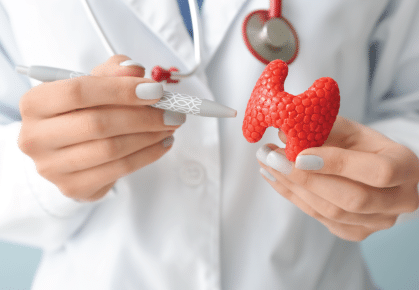


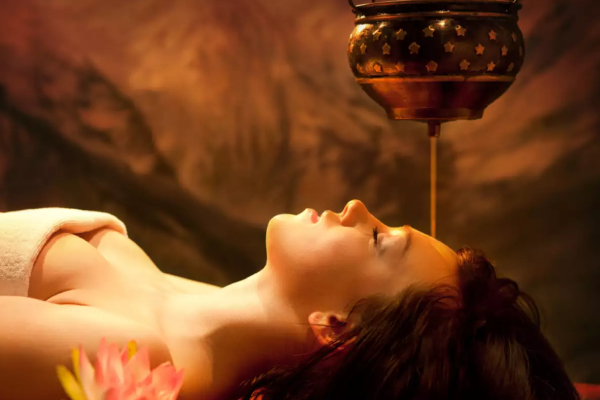
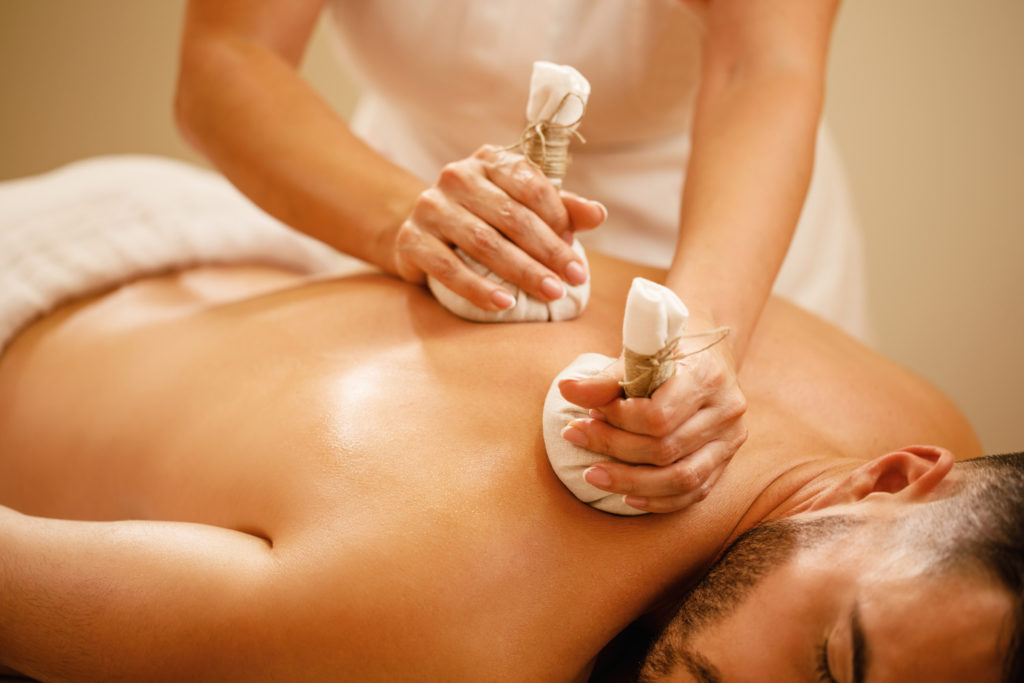
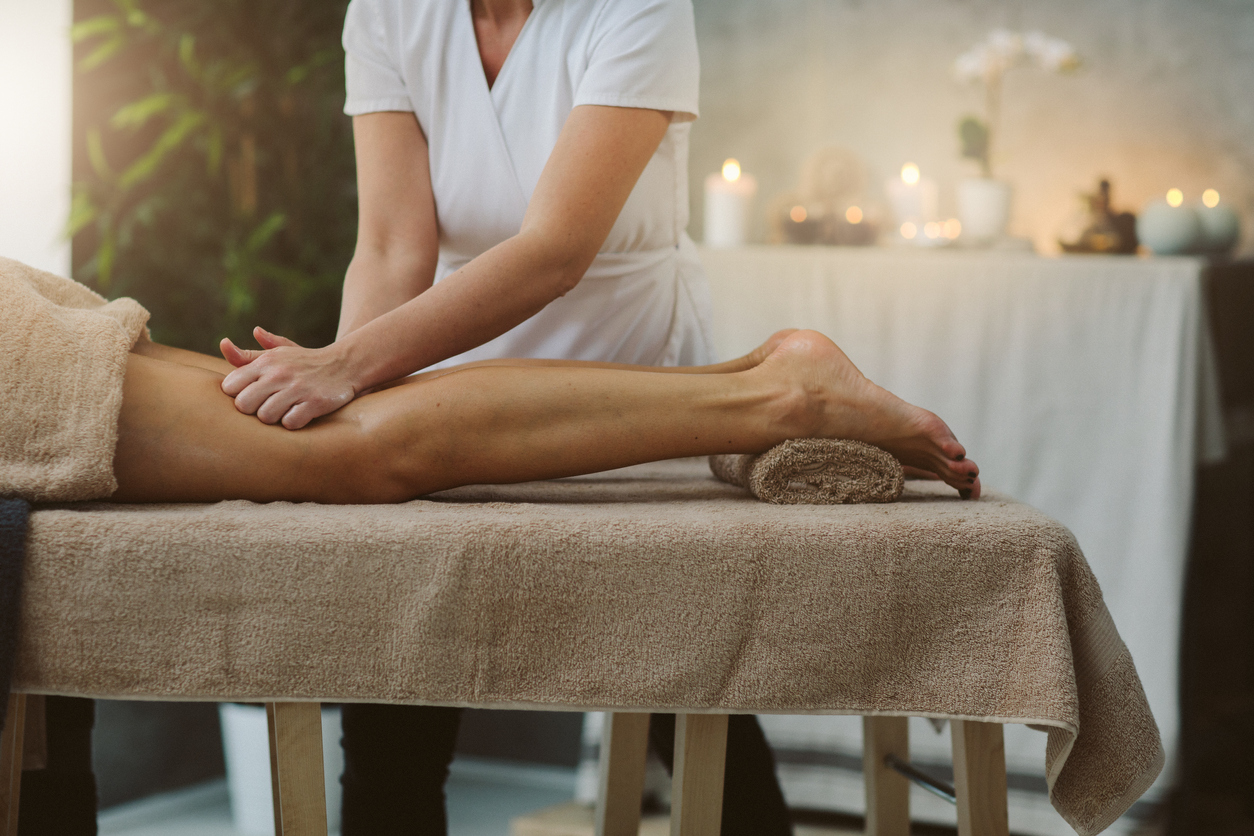


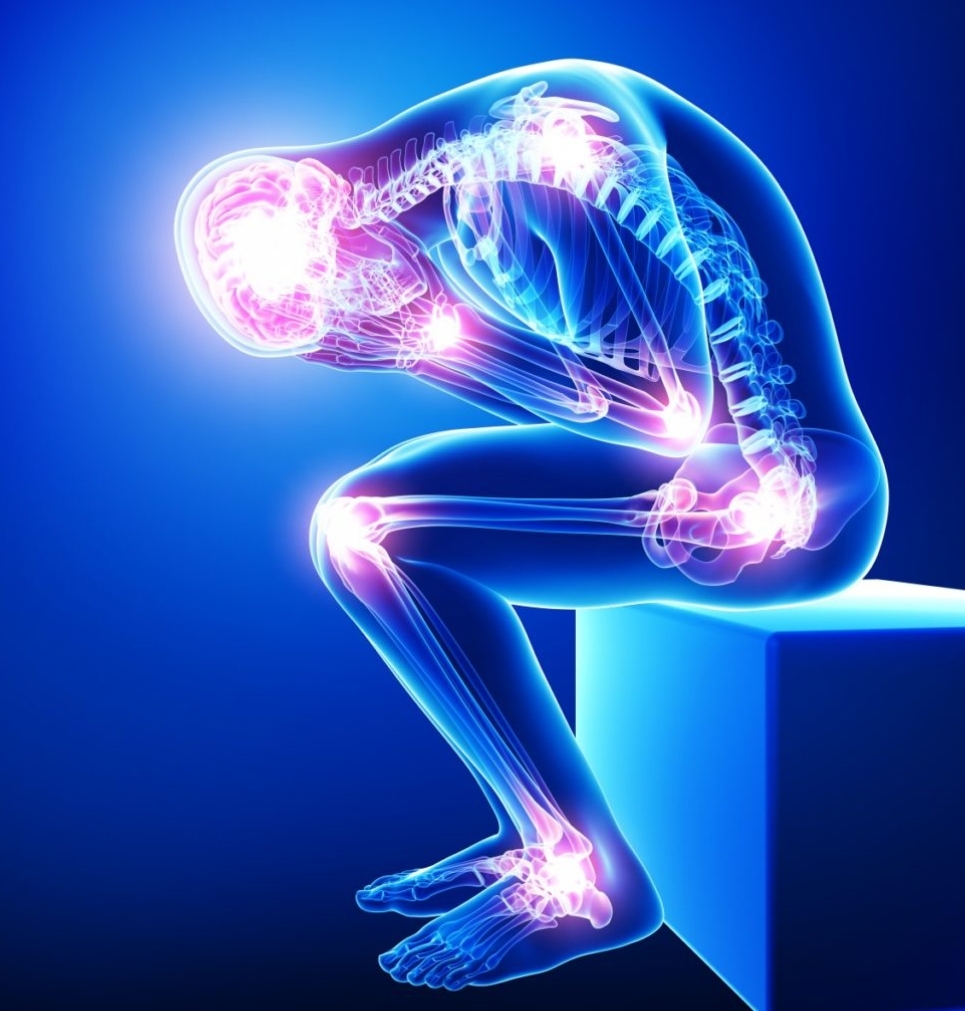
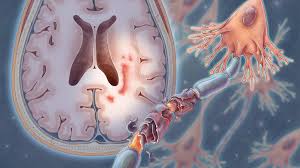
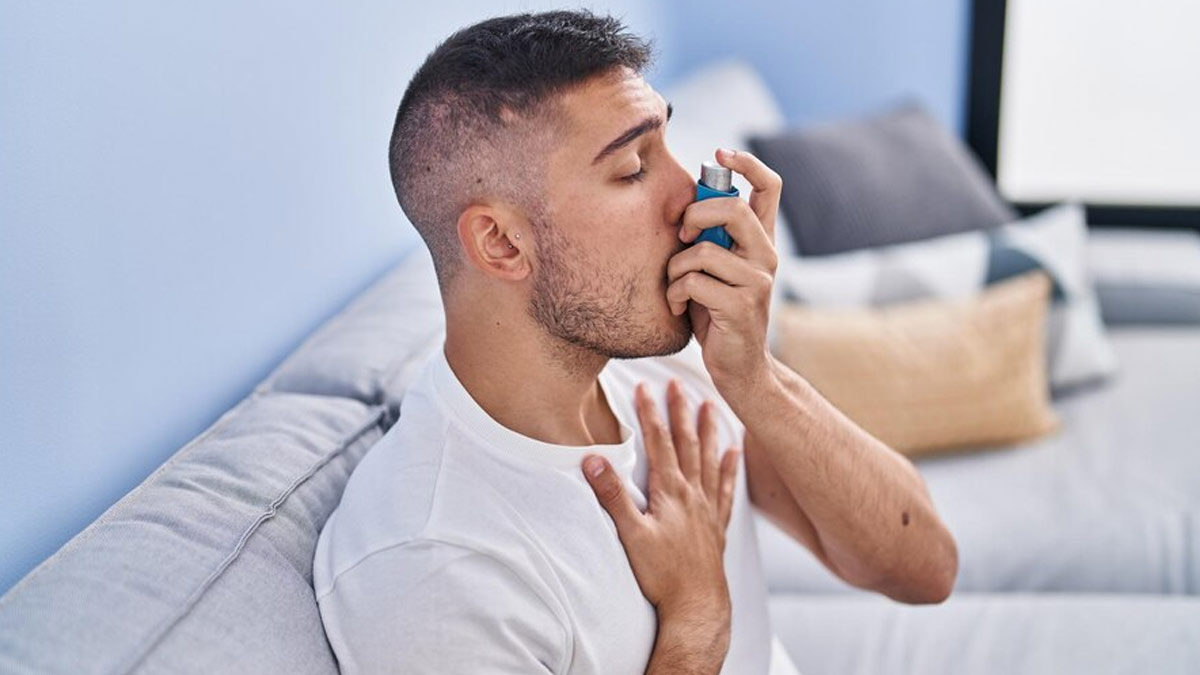
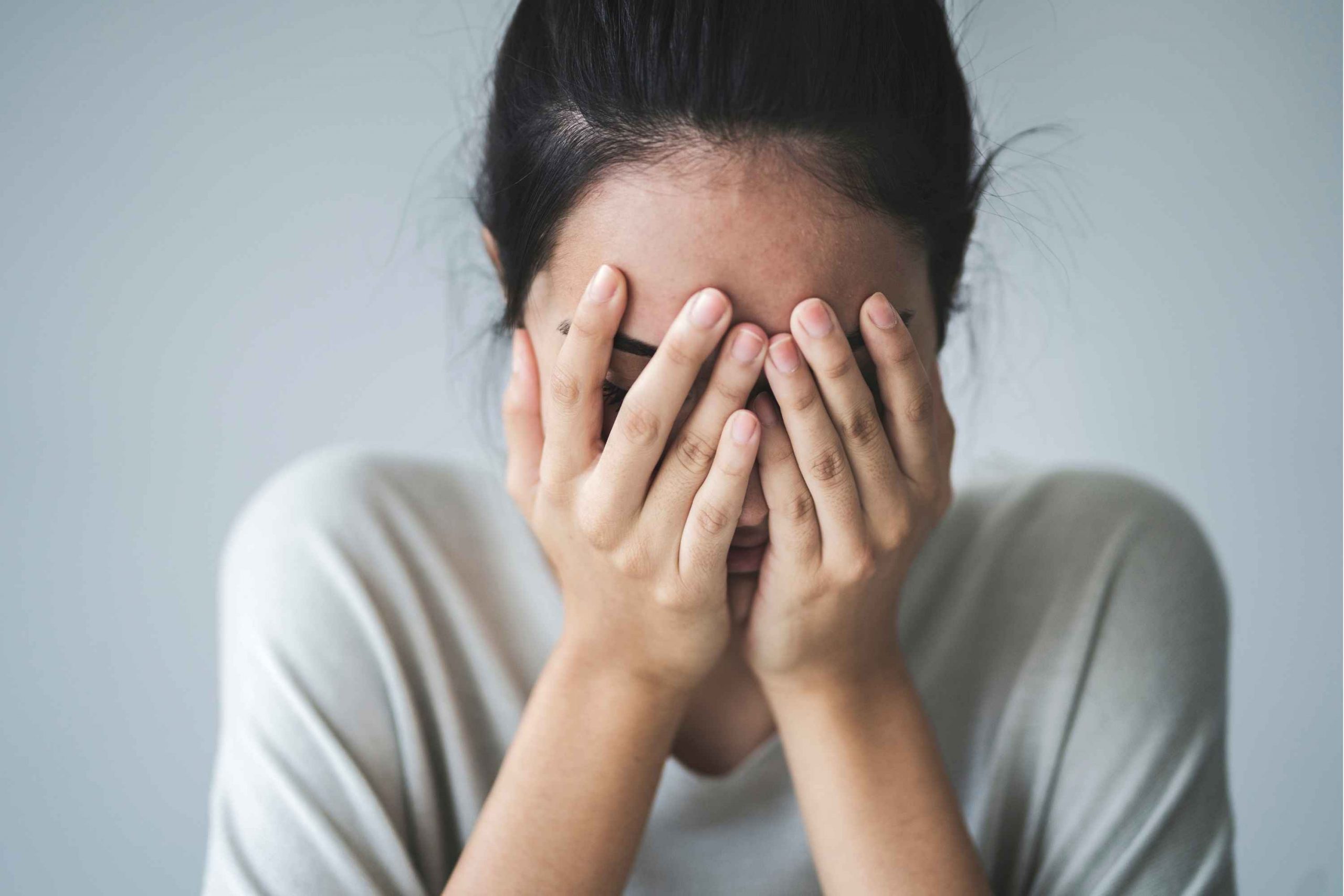
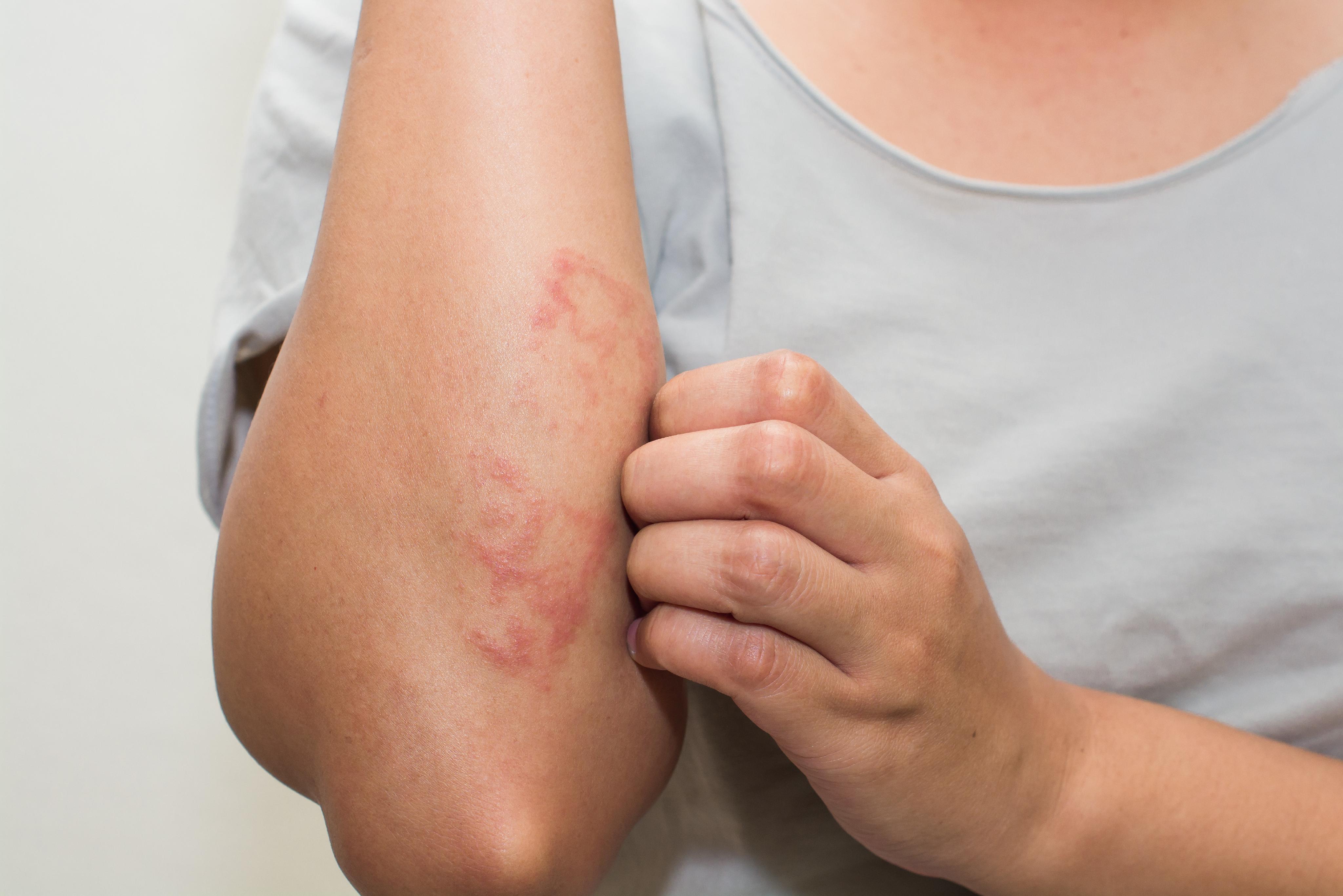
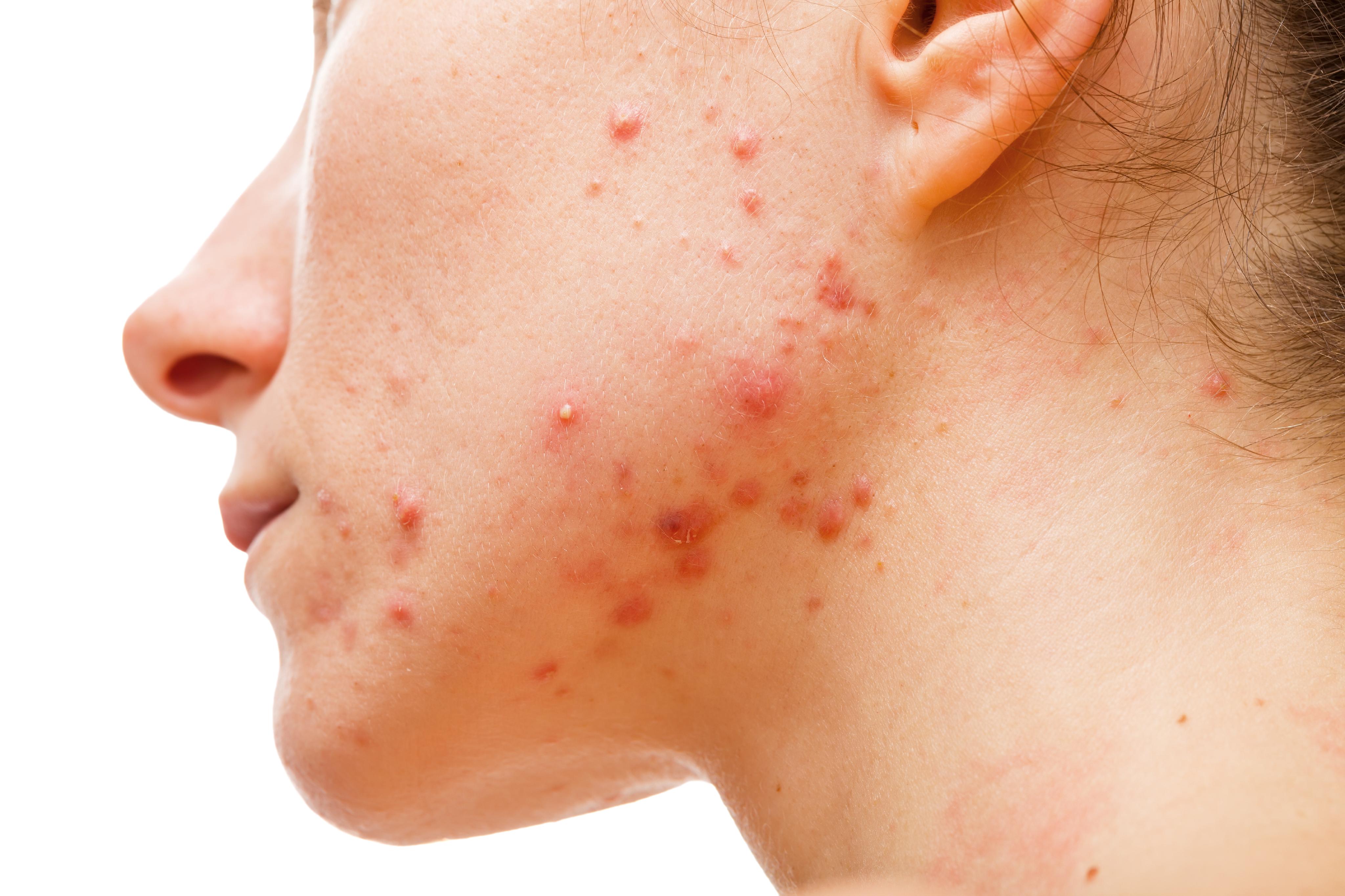
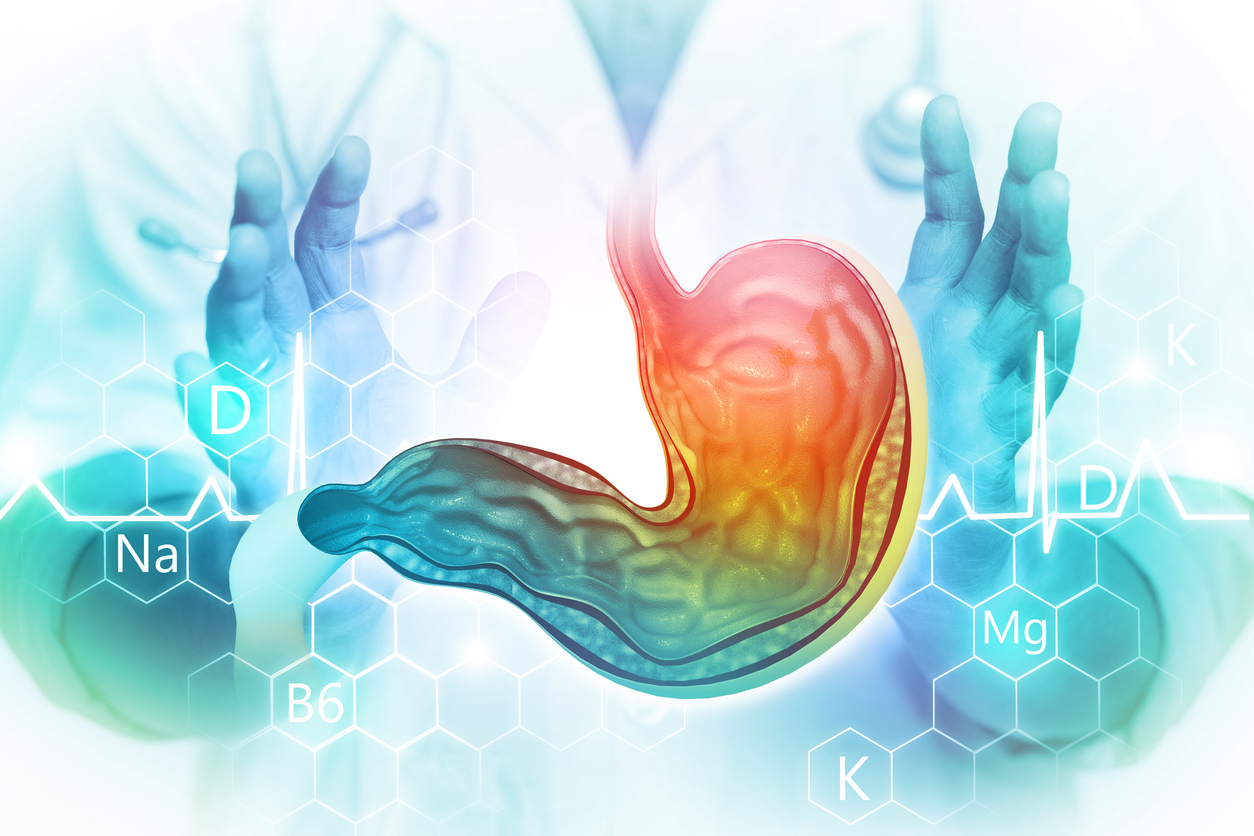
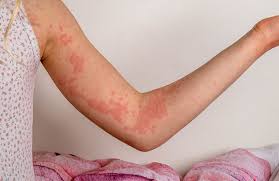
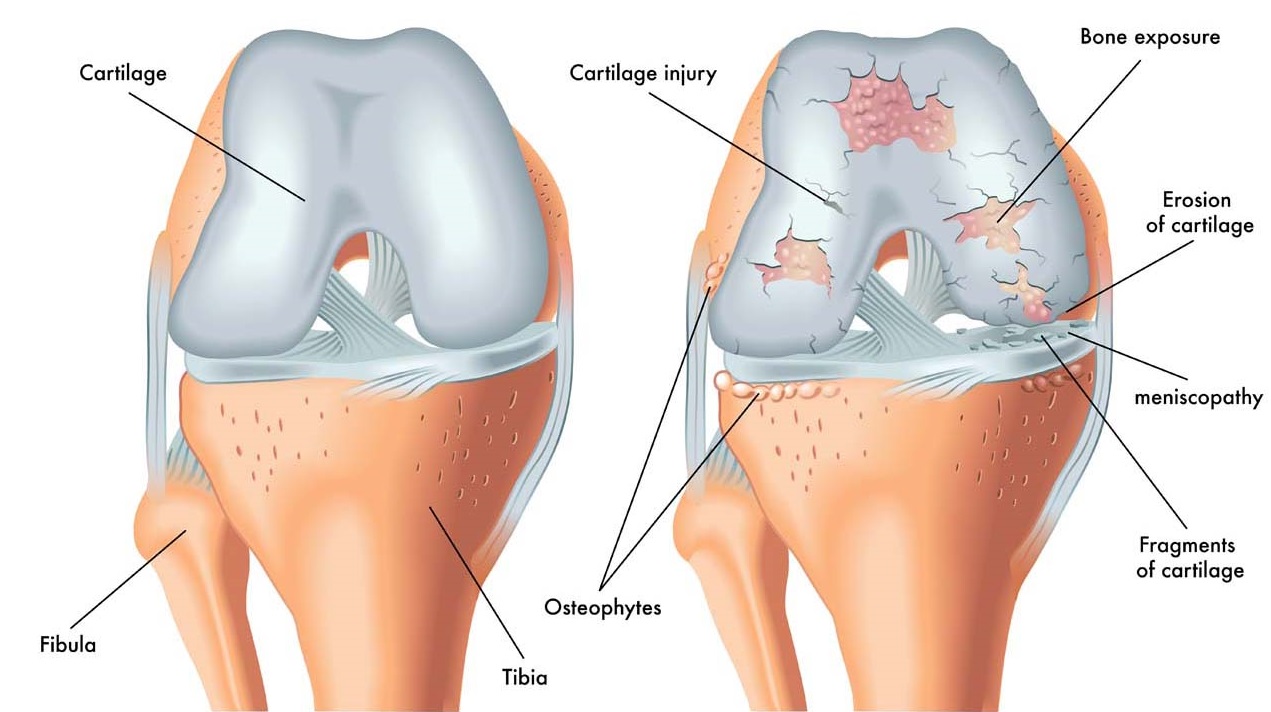
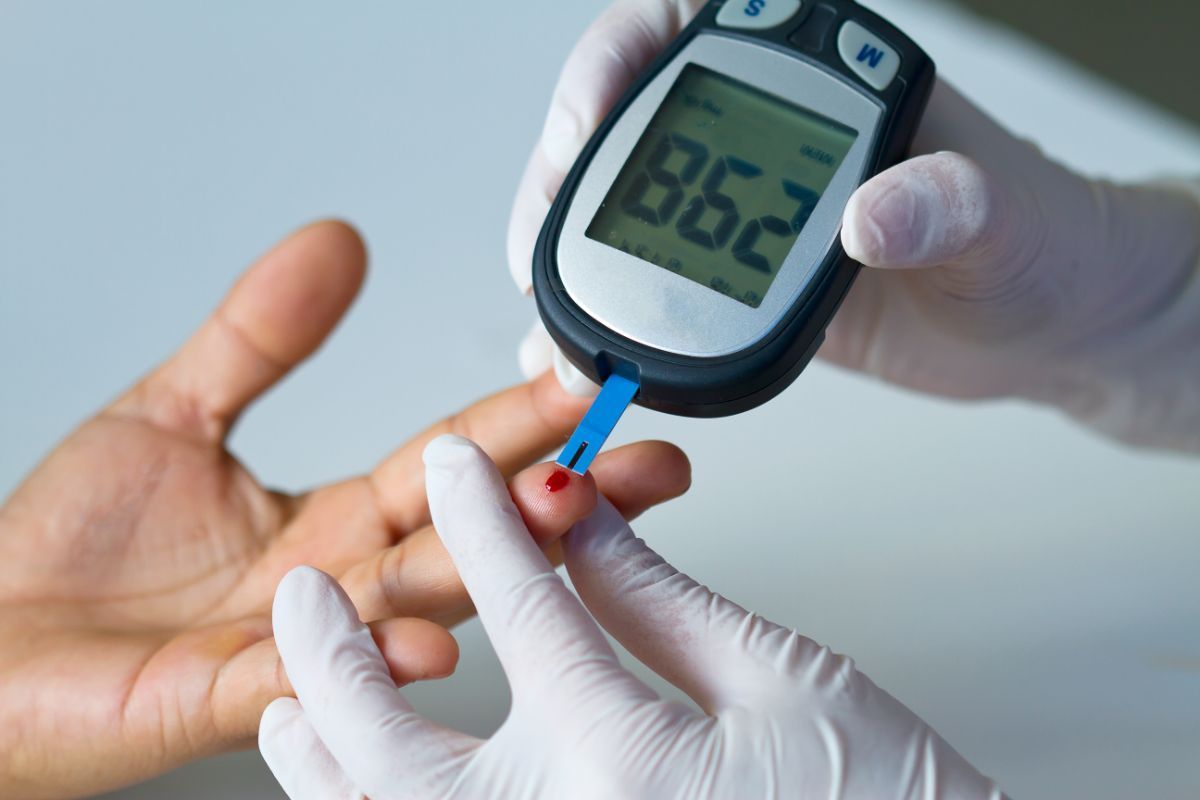
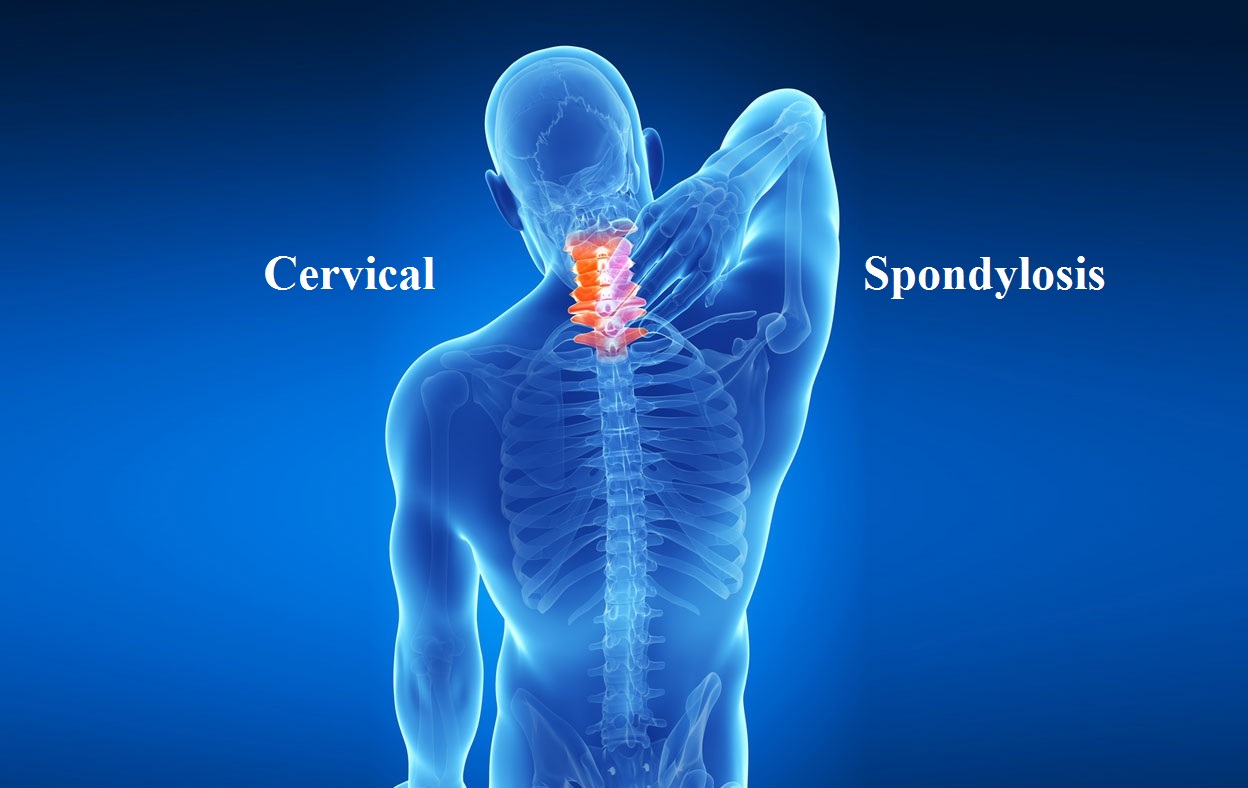
.jpg)
